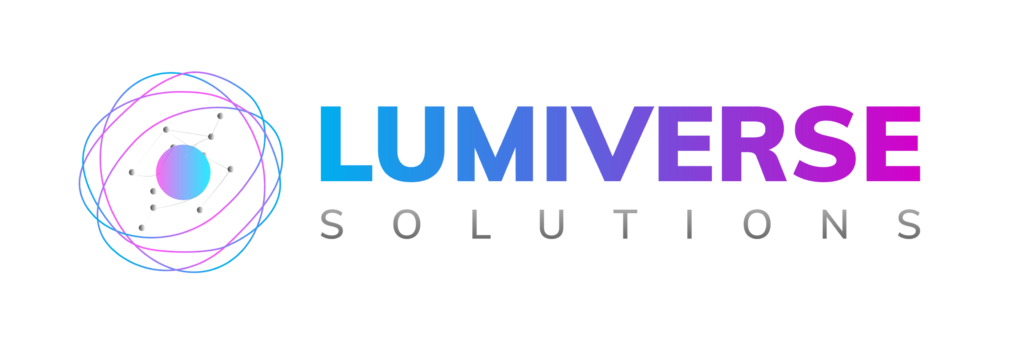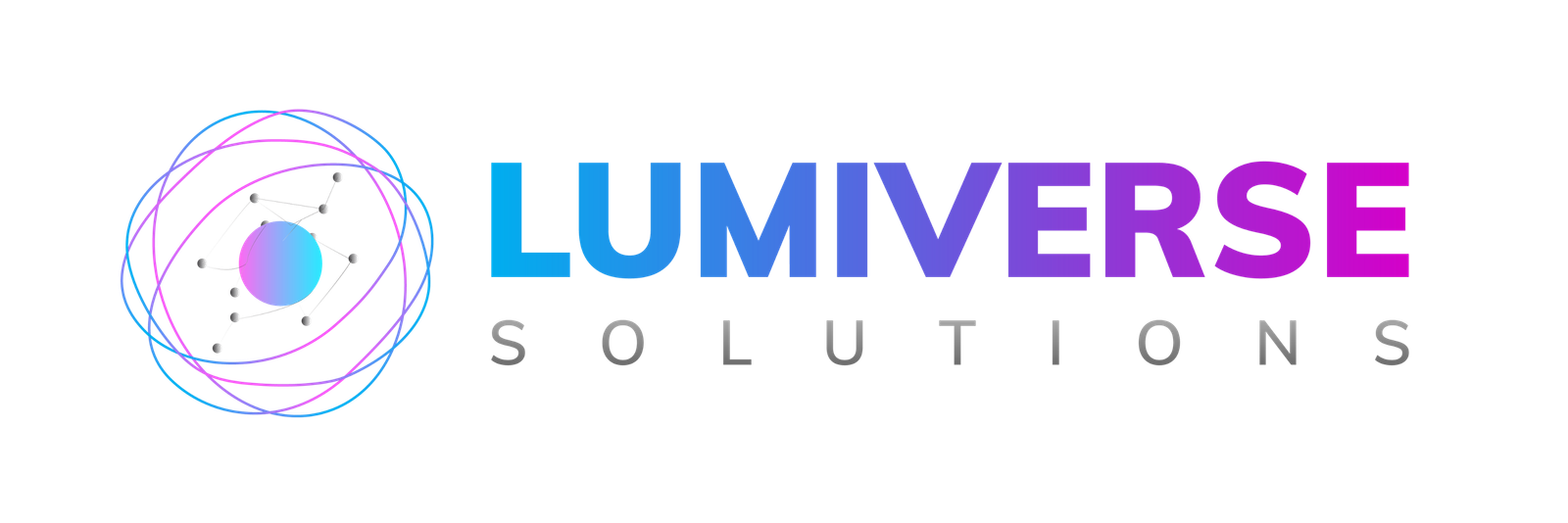Cybersecurity Compliance Made Easy Frameworks Explained Know It All

INTRODUCTION
In the ever-changing digital age, cybersecurity is not merely an IT concern—it’s a business necessity. The expanding threat environment, growing regulatory demands, and the mounting pressures of customer expectations have turned cybersecurity compliance into an essential requirement for all organizations. However, numerous firms, particularly small and medium-sized enterprises, are overwhelmed by the confusion in conforming to multiple frameworks and regulations.
That’s where Cybersecurity Compliance Made Easy comes in. This blog discusses how organizations can make cybersecurity compliance easier by knowing the most commonly applied frameworks and their best practices that fit their objectives and size.
1. Why Cybersecurity Compliance Matters
Understanding the “why” of cybersecurity compliance is the key to making it easier. In essence, compliance is about allowing organizations to create robust security foundations, stay out of trouble with penalties, and establish trust with customers and partners.
Cybersecurity Compliance Made Easy is not so much about not getting fined or clearing audits. It’s about putting in place a system that protects your vital assets, secures personal information, and promotes business continuity.
Security compliance:
Reduces business risks
Ensures legal and regulatory alignment
Strengthens your brand reputation
Increases customer confidence.

2. Popular Cybersecurity Compliance Frameworks
One of the first steps to accomplishing Cybersecurity Compliance Made Easy is selecting the most appropriate framework(s). Though each has its own set of requirements, they all focus on enhancing security and protecting data.
Here’s a brief overview of some of the biggest frameworks:
NIST Cybersecurity Framework: The perfect choice for organizations wanting to address cybersecurity risks in a complete manner. It is centered around detecting, protecting against, responding to, detecting, and recovering from threats.
It concentrates on risk-based thinking, documentation, continuous improvement, and leadership commitment.
PCI DSS: Mandatory for any organization that handles credit card data. It aids in securing cardholder data by using robust encryption, access controls, and ongoing monitoring.
HIPAA: Required for healthcare providers and vendors. It is centered on the privacy and security of health-related information.
GDPR/CCPA: Data privacy legislation that obliges companies to safeguard personal data and respect data subject rights such as consent, access, and erasure.
The understanding of these frameworks is the secret to Cybersecurity Compliance Made Easy. Most companies don’t have to adopt all of them—only the ones that apply to their industry and data.
3. How to Make Cybersecurity Compliance Simple
Making compliance simple is all about making the process easy. Here’s a pragmatic guide:
Step 1: Determine Compliance Requirements
Begin by determining which compliance requirements your organization needs to meet. That’s based on your industry, customers, type of data you collect, and where those customers are.
Step 2: Review Your Existing Security Posture
Do a gap analysis. Determine what you have in place as security controls and what is lacking. This allows you to know where to put your effort.
Step 3: Document Policies and Controls
All frameworks demand policies and security controls written down. These are such things as access management, data encryption, incident response, and vendor management.
Step 4: Train Your Employees
Human mistake is perhaps the largest security threat. Employee training is an integral part of Cybersecurity Compliance Made Easy. Train your employees on phishing, password hygiene, and their responsibility in maintaining the firm’s security.
Step 5: Put Technical Controls in Place
Install firewalls, antivirus tools, endpoint protection, intrusion detection tools, data loss prevention, and multifactor authentication. Patch systems regularly and perform vulnerability scans.
Step 6: Monitor and Audit
You must provide proof of your compliance. Utilize log management tools, automated monitoring, and regular internal audits. Continuously review and enhance your security practices.
4. How to Choose the Right Framework
Selecting the proper framework doesn’t have to be challenging. Here’s how to whittle it down:
If you’re taking card payments, PCI DSS comes into play.
If you are a global business with EU customers, GDPR is necessary.
Cybersecurity Compliance Made Easy starts by picking the framework that aligns with your industry, goals, and resources. Start small, scale smart.
5. Tools That Simplify Cybersecurity Compliance
Compliance doesn’t have to be manual. Leverage the right tools to automate and track your efforts:
Use compliance management platforms that align controls with frameworks.
Deploy audit-tracking and documentation software.
Embed cloud security utilities for real-time monitoring.
Automate policy acknowledgment and employee training.
With the proper technology, Cybersecurity Compliance Made Easy is a reality—even for small teams with tight budgets.

6. Establish a Culture of Compliance
Compliance is not a box-checking exercise—it’s an attitude. A robust security culture makes compliance stick. To build this culture:
Engage leadership in goal-setting and measuring success.
Educate employees about the business value of security and privacy company-wide.
Reward proactive security practices.
Make cybersecurity part of your brand identity.
Organizations that embrace compliance as a value—not just a task—see better results in security, efficiency, and trust.
7. Measuring Compliance Success
Once you’ve implemented your compliance plan, track your progress. Key indicators include:
Reduction in vulnerabilities
Faster incident response times
Fewer audit findings
Higher employee security awareness scores
Over time, you’ll move from reactive compliance to proactive security.
8. Despite a streamlined method, organizations get hung up. Common issues are:
Constantly evolving threats that never cease
Staying up-to-date with dynamic regulations
Internal knowledge gaps
To overcome these:
Start with what’s critical, and build incrementally.
Work with compliance experts or managed security services providers.
Use frameworks as a guide–not a checklist.
Through the right method, such hurdles are achievable. That is the concept of Cybersecurity Compliance Made Easy.

9. Benefits of Cybersecurity Compliance to Companies
9.1 Improved Data Protection
Cybersecurity compliance is nothing but the protection of sensitive information. If it is personal information, financial data, or intellectual property, an effective security strategy that follows compliance guidelines ensures that your data is safe and out of the reach of hackers.
By adopting frameworks like ISO 27001 or NIST CSF, businesses can establish strong data security policies that go from access control to encryption, minimizing threats to critical business information.
9.2 Mitigation of Financial Risk
A data breach or non-compliance can cause enormous monetary expenditures in the form of fines, legal fees, and lost revenues. Compliance frameworks avoid such fines by ensuring that your processes, systems, for processing data are aligned with the regulatory needs.
Cybersecurity Compliance Made Easy is a way to minimize the likelihood of paying those expensive fines.
9.3 Increased Efficiency of Operations
Employing a cyber security framework forces an organization to document its procedures, develop well-documented policies, and optimize workflow effectiveness. The framework also reduces miscommunication, automates processes, and responds more efficiently to potential threats.
Platforms like NIST CSF make organizations design processes that not only ensure compliance, but also enhance operation performance, allowing teams to perform better and more effectively.
9.4 Enhanced Incident Response and Recovery
A well-established compliance approach will often include an incident response plan (IRP). Models like NIST CSF emphasize the necessity of developing and regularly exercising such plans so that your organization can recover effectively and quickly from any attack or security incident.
The quicker your recovery time, the minimal damage that will be incurred by a cyberattack on your organization. Cybersecurity Compliance Made Easy makes sure that your systems are designed to recover quickly when an incident happens.
9.5 Competitive Advantage
Being compliant gives your business a competitive edge. When you can demonstrate your compliance with standards like ISO 27001 or HIPAA, future customers, clients, and partners will be more willing to have faith in your brand.
In industries like finance, healthcare, and e-commerce, compliance is not only a regulatory requirement but also a marketing tool that can set you apart from competitors who have not yet made security a priority.
10. Addressing Typical Cybersecurity Compliance Challenges
Most organizations, particularly small enterprises, struggle with resources—financial and human. The adoption of cybersecurity compliance frameworks might appear formidable because it requires costs and specialized personnel. New development is taking place in ways that also appeal to non-technical users.
How to Overcome: Start by concentrating on the most fundamental components of compliance. Leverage technology like compliance management platforms (e.g., Vanta, Drata) to make it automated, and consider leveraging managed security service providers (MSSPs) to bridge the gap until you are able to build a more robust in-house team.
10.2 Keeping Up with Evolving Regulations
Cybersecurity compliance regulations evolve frequently. Laws such as GDPR and CCPA may undergo updates, and new regulations may emerge, forcing organizations to adjust their practices.
How to Overcome: Staying informed through industry forums, subscribing to updates from regulatory bodies, and regularly reviewing your compliance standing will ensure you’re always prepared for changes.
10.3 Complexity of Compliance Requirements
With so many frameworks to choose from, the compliance needs can be overwhelming. Companies end up bogged down too much deciding which ones to implement and which ones are priorities.
How to Overcome: Simplify by first identifying what your organization needs. Ask yourself the following questions: What kind of data do you handle? Where is your data located? What industry-specific compliance must you adhere to? After establishing your requirements, it’s a lot simpler to select the proper framework.
10.4 Employee Engagement
Cybersecurity compliance is only as good as your employees’ participation. Policies will fail without the support of employees.
How to Overcome: Put money towards cybersecurity training initiatives and ongoing awareness efforts. Make sure that employees are not only aware of policies but are also equipped to act on them.

Conclusion
Compliance may seem intimidating, but it does not have to be. With awareness of your business needs, selection of proper frameworks, implementation of best practices, and security culture, you can have Cybersecurity Compliance Made Easy.
It’s a journey of continuous improvement, not perfection. With the right mindset, the right tools, and professional consultation, you can protect your data, meet your regulations, and establish trust with your customers without being buried in the technicalities.
Disclaimer
This website is for informational purposes only. The methods described are standard industry practices and may need to be adjusted in accordance with your specific legal, technical, and regulatory environment. Utilize consulting cybersecurity professionals or compliance attorneys for planning specific to your requirements.
Recent Posts
Categories
- Cyber Security
- Security Operations Center
- Cloud Security
- Case Study
- Technology Trends
Vulnerability Assessment & Penetration Testing (VAPT)
Buy our VAPT services to identify vulnerabilities, simulate real-world attacks, and strengthen your systems against cyber threats effectively.
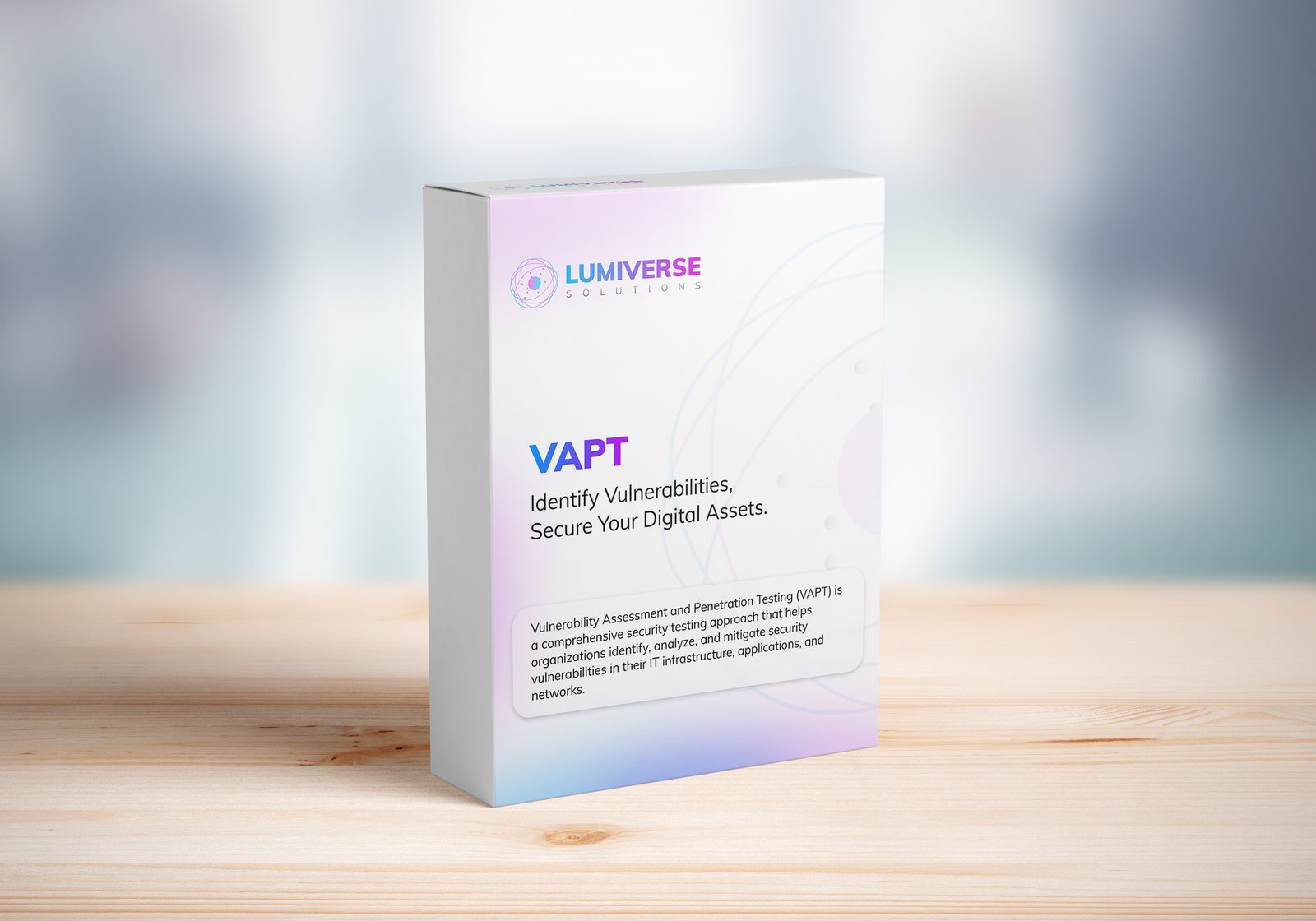
iso compliance service
Buy our ISO Compliance services to streamline processes, ensure security, meet global standards, and maintain industry certifications with ease.
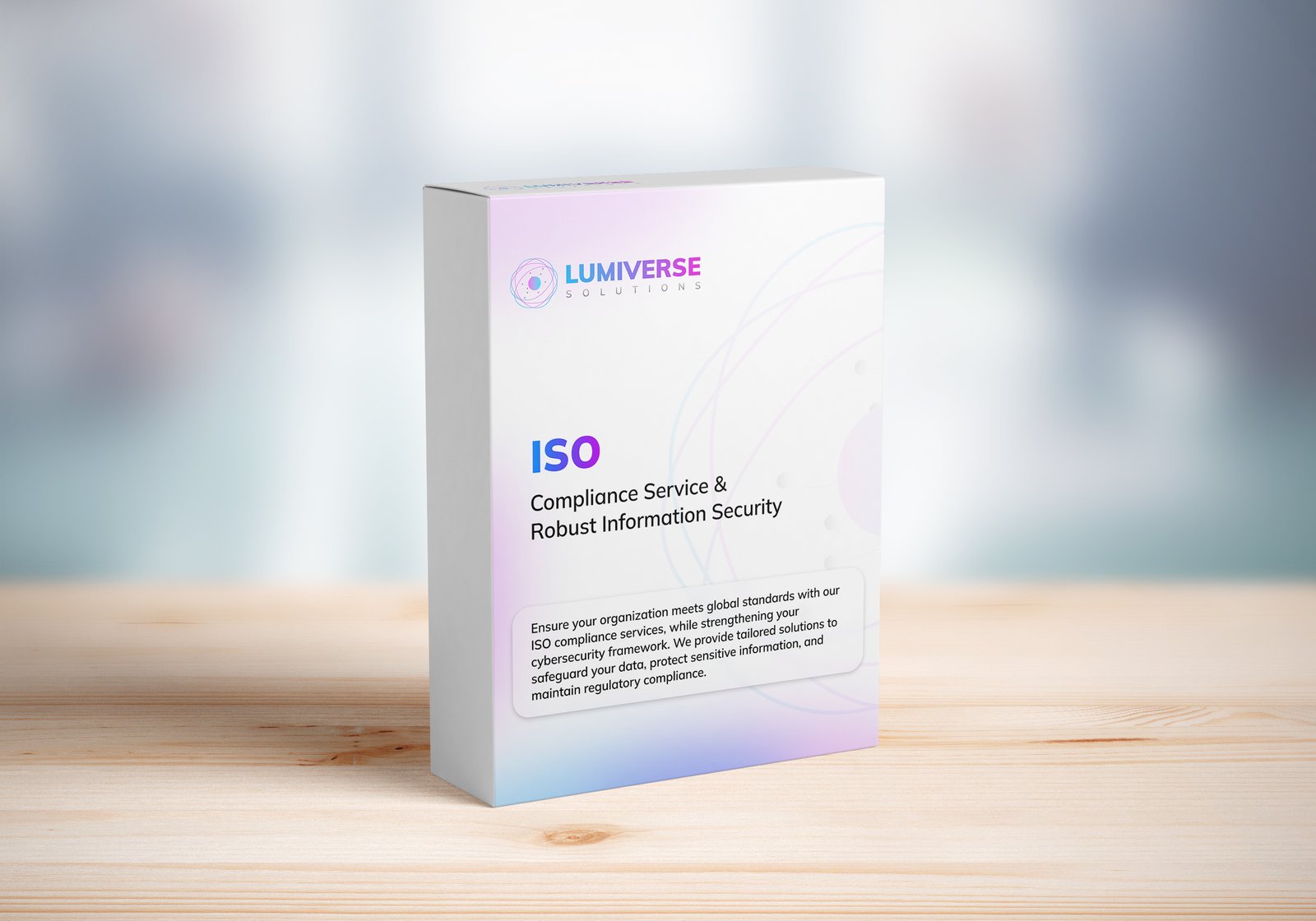
SOC 2 Compliance Audit
Ensure your business meets security, privacy, and compliance standards with our SOC 2 Compliance Audit services. Protect data, build trust, and stay secure. Buy our services today!
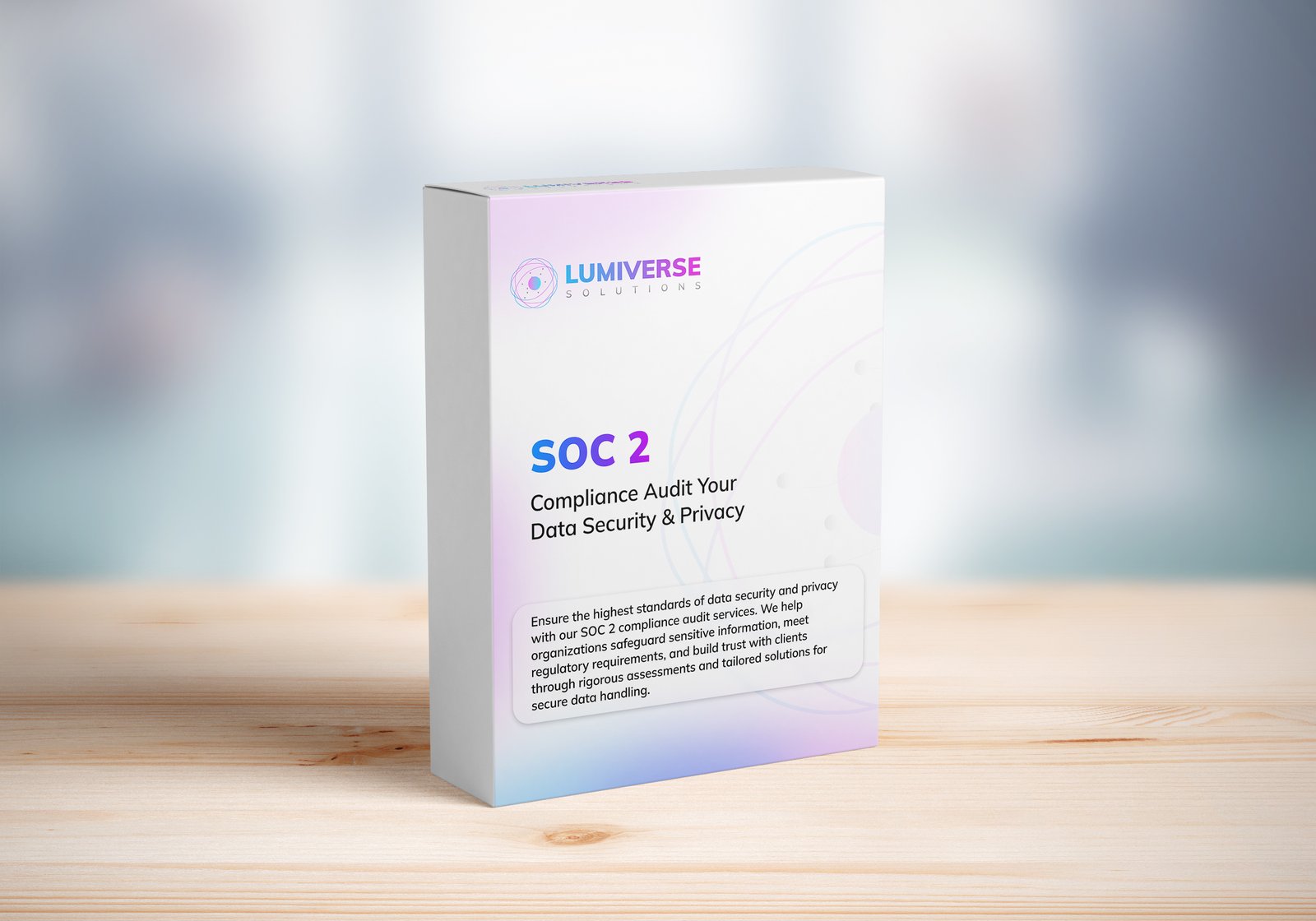
GDPR Compliance Audit Services
Ensure your organization meets GDPR standards with our expert compliance audit services. Protect data, avoid penalties, and enhance privacy practices. Buy our services today to stay secure and compliant!
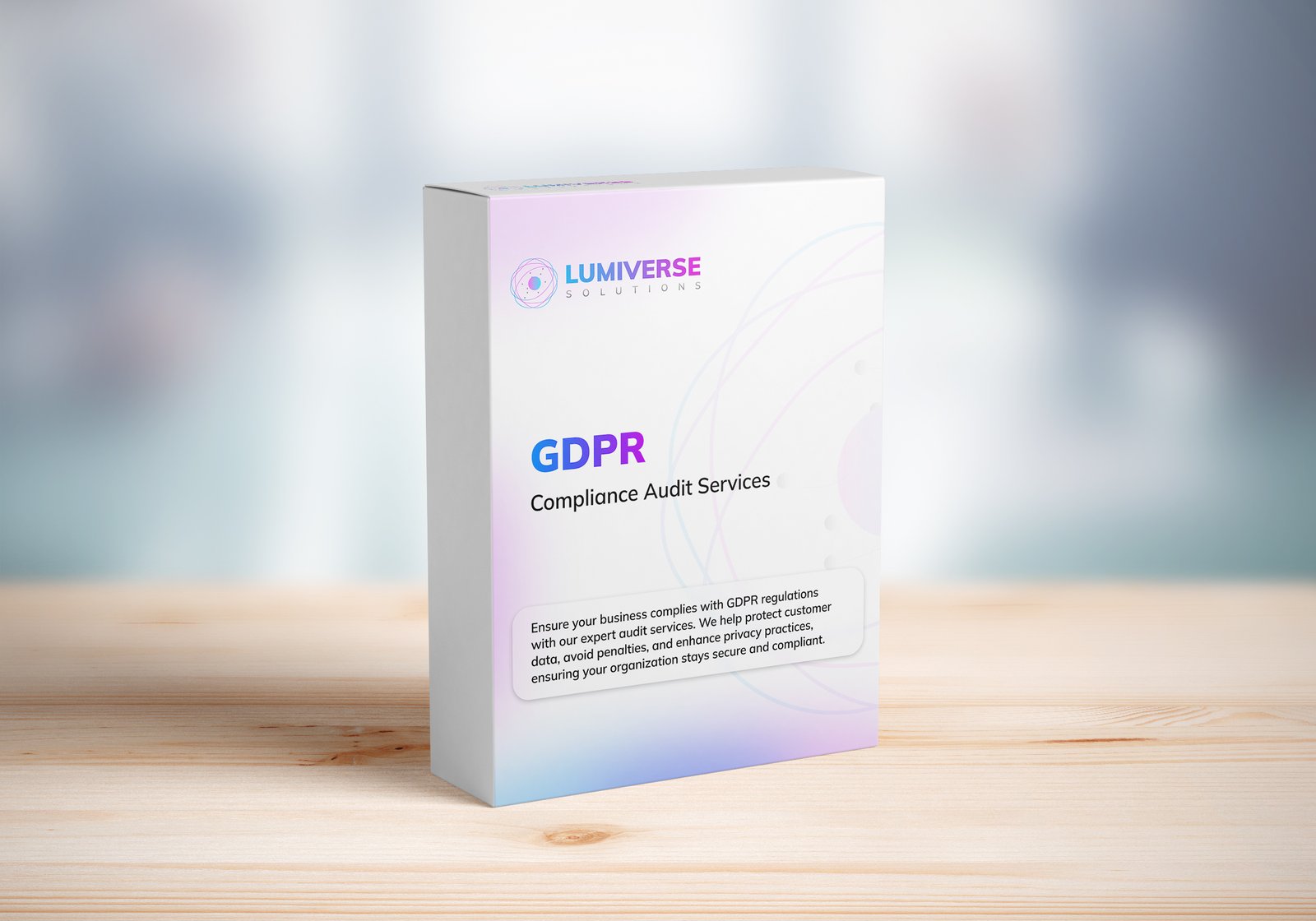
Subscribe to our Research
Enter your email address to subscribe to Lumiverse Research and receive notifications of new posts by email.
Tell Us Your Opinion
We value your perspective! Share your thoughts, feedback, or questions below. Your opinion matters and helps create a richer, more engaging conversation. Let’s connect and hear what you think about this post!
